Hellblade's combat feels like The Witcher 3 crossing swords with Resident Evil 4
It’s been a long time since Ninja Theory tackled an original IP (five years, for you numbers fans). And it’s the first time it’s done so since being privy to the inner workings of Capcom’s brawler development core during the making of DmC: Devil May Cry. What has the team learned from that experience? Only one way to find out…
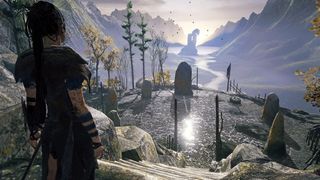
Pretty much every preconception as to how Senua would handle as a protagonist is shattered within moments of taking up the pad in Hellblade. Compared with the likes of Dante or The Witcher 3's Geralt, she’s a tank, moving slowly, but with a measured grace – giving you more chance to look around and drink in the world you inhabit. The camera eschews past form, too, breathing down Senua’s neck at a distance more akin to Resident Evil 4 (but with swords), and with a Silent Hill-esque journey to hell as a backdrop.
Gone also are the battles featuring several opponents at once. Rather than juggling enemies, measuring strikes to keep some at bay while whittling away at a group, we instead find ourselves facing off against one foe at a time. Light and heavy attacks do the business as you might expect, although as we get a feel for Senua’s ducking dodges and blocks, a hidden depth begins to creep up on us. There’s a parry system at play here, which rewards you with a stunned enemy and ample striking time if you’re able to nimbly tilt the left stick in the direction of an incoming strike and tap block at the right time. It’s a little like a less frantic Metal Gear Rising: Revengeance, and you can get a real sense of heft, as well as flow, as you feel the timing slip into place.
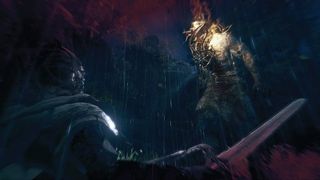
The HUD is kept deliberately minimal, which Ninja Theory says is to allow for a more cinematic feel. That term might make you shudder a bit post-The Order: 1886, but having played Hellblade it’s clear that these guys and girls know how to keep the player active and informed. When we perform one of those parries, an audio cue triggers to alert us: metal screeches on metal, and a delightful (if anything in this grim journey to hell can be called such) shower of sparks flies as swords scrape.
It helps that the whole thing looks ridiculously good. Hellblade is set in a Celtic-themed landscape apparently conjured up by Senua’s psyche. Our heroine, it seems, is the victim of a harrowing mental illness, which, as she sinks deeper and deeper into it, begins to colour the way she views the world. A quaint circle of dusk-bleached rocks, which when examined reveal snippets of narration, give way to rain-sodden wooded pathways, thick with dread as she becomes less comfortable. It’s clear, and we’re constantly told as much by the developer sat by us as we play, that this is still a very early look at how the game’s foundations are coming together.

There’s plenty of work to be done, especially when it comes to the techinical side of things, with frame rate in particular an issue. But the bones of this very different, very surprising new horror/brawler hybrid are already fairly meaty. We can’t wait for another taste.
Sign up to the 12DOVE Newsletter
Weekly digests, tales from the communities you love, and more
Click here for more excellent GamesMaster articles. Or maybe you want to take advantage of some great offers on magazine subscriptions? You can find them here.
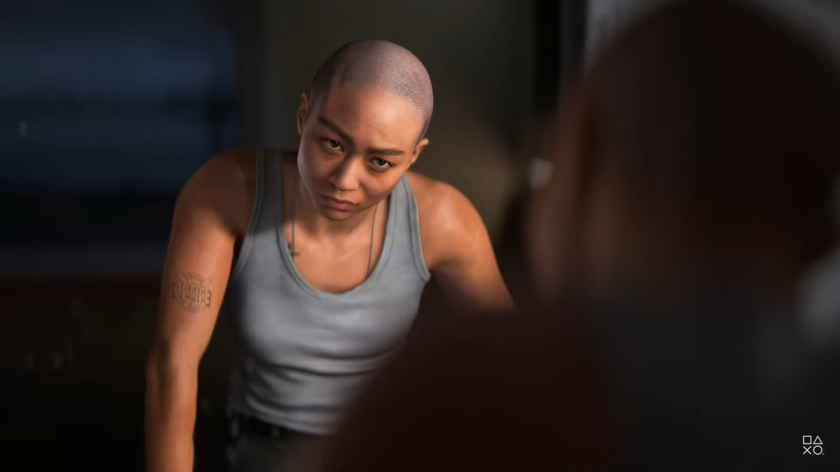

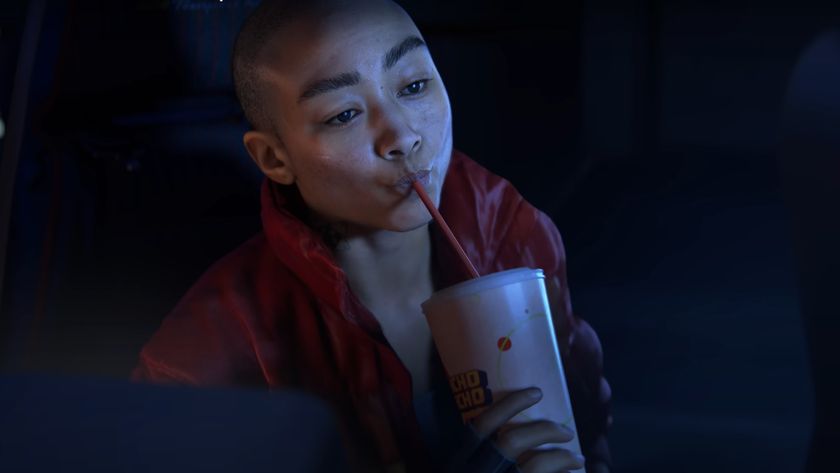
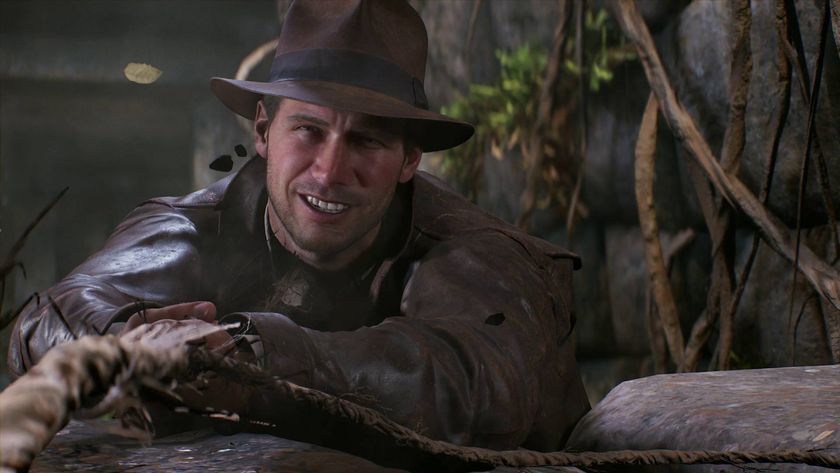
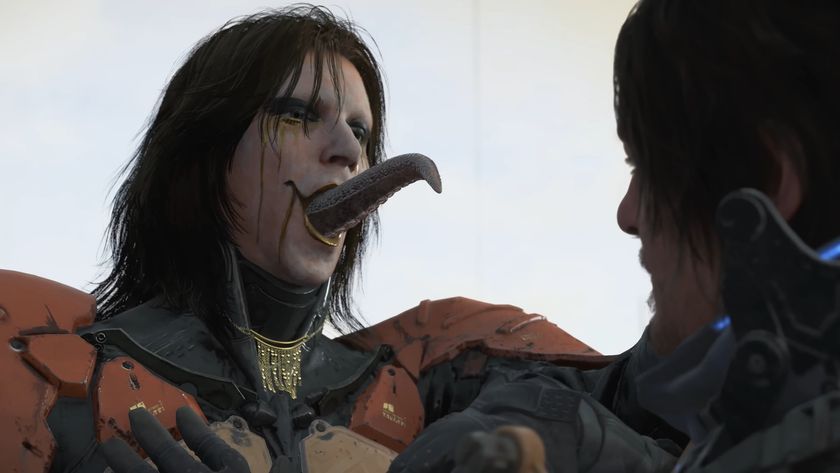
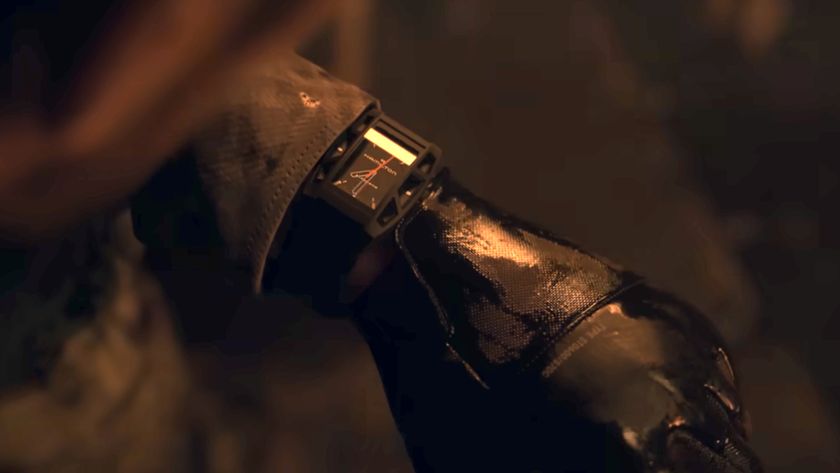







Intergalactic: The Heretic Prophet is "a game about faith and religion," which Neil Druckmann jokes will surely get less hate than The Last of Us 2

The Last of Us creator Neil Druckmann says Intergalactic: The Heretic Prophet will also be about "being lonely," as if his zombie apocalypse wasn’t isolating enough: "I really want you to be lost"




